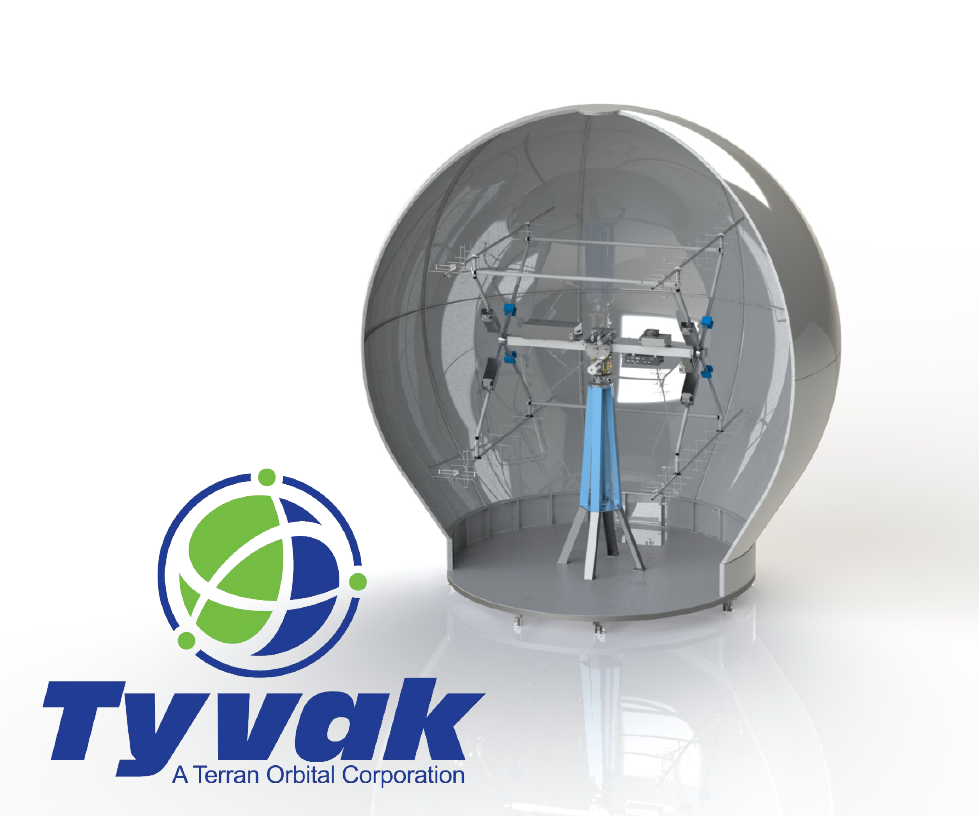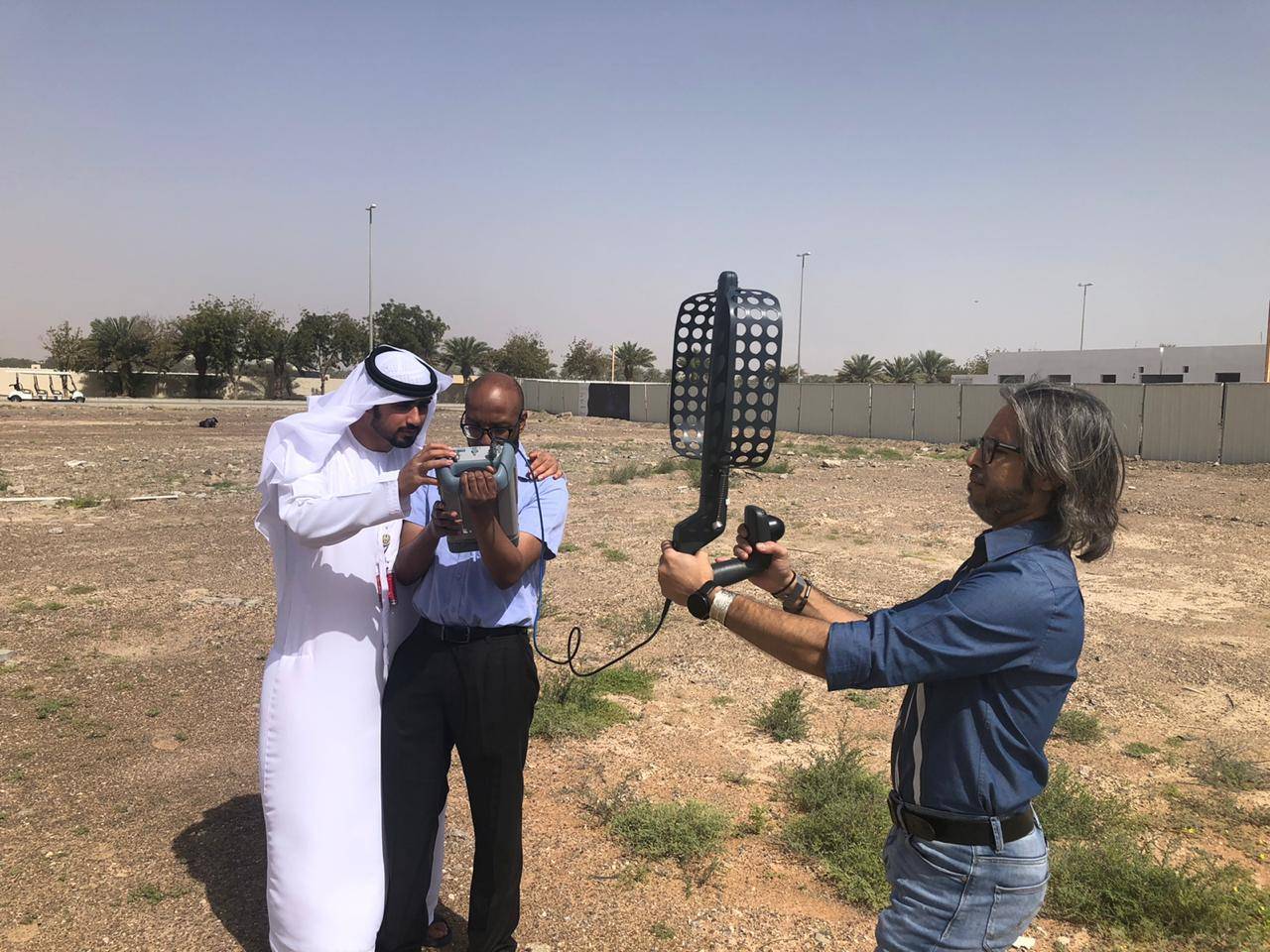The main focus of the Radio Observatory Group is to conduct multidisciplinary space science research by using the NSSTC Radio array observatory in the 50 - 300 MHz RF frequency band to perform measurements, observations and monitoring of natural and artificial celestial objects in the radio wave spectrum.
The following highlights a sample of the Group’s research interest:
Radio Astronomy: Observing and monitoring transient events in the Universe to study their nature, behaviour and astrophysical characteristics;
Solar Physics: Carrying out low-frequency radio studies of the solar activity and the physical properties of solar flares, coronoal-mass-ejections (CMEs), type III radio bursts;
Space Physics: Measurements of space plasma activity in the Near-Earth space to predict space weather;
Planetary Science: Augmenting planetary studies with radio observations of solar system objects and exoplanets
Space Situational Awareness: Detecting and tracking resident space objects (RSOs) and space debris as part of a larger network of stations to carry out Astrodynamical studies (Orbit Determination, conjunction assessment, collision avoidance)

